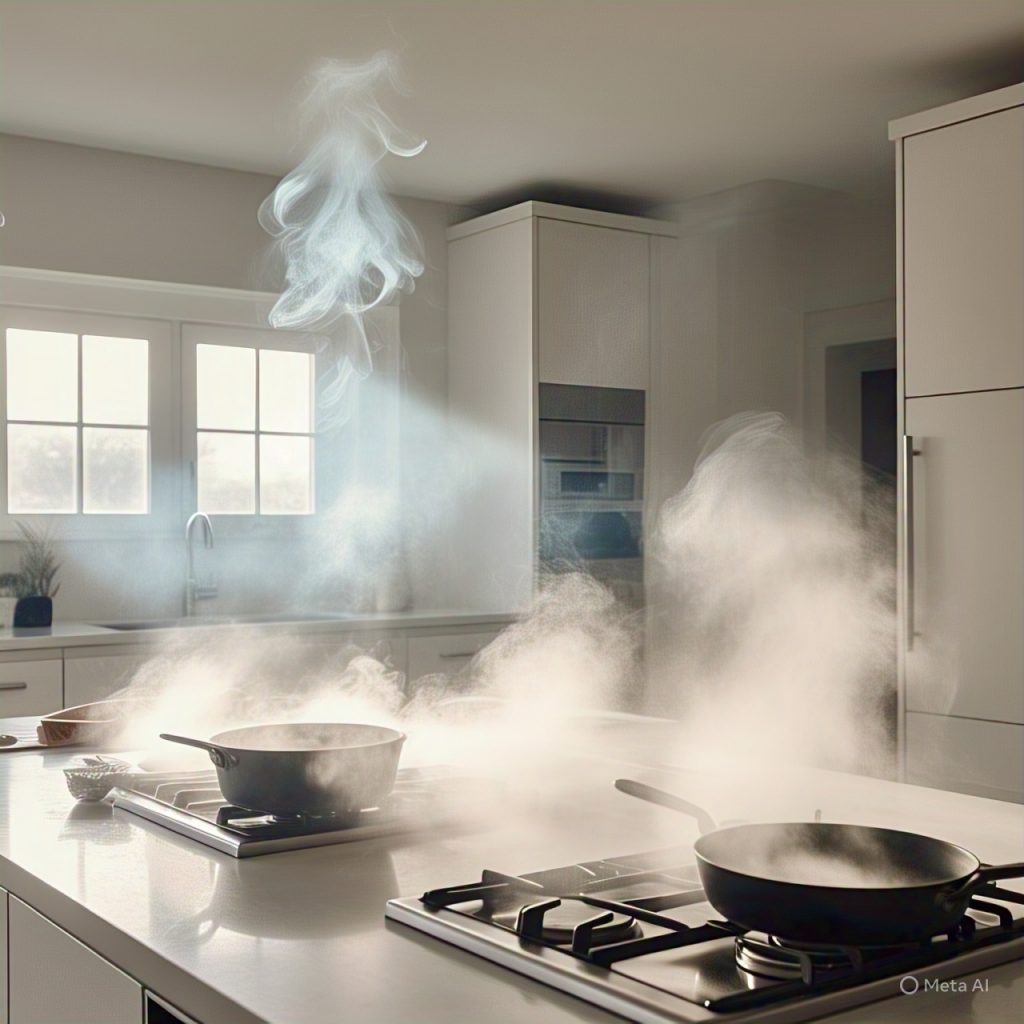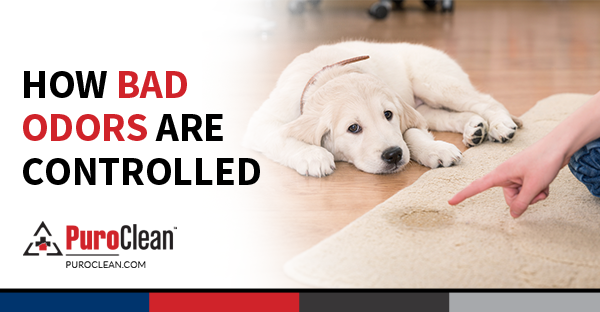Table of Contents
Introduction
Smoke damage restoration: Most homeowners believe the worst is over once a fire is extinguished. But what many fail to realize is that smoke damage specifically smoke residue—can continue wreaking havoc long after the flames are gone. From staining your walls to corroding your electronics, smoke residue is a silent destroyer.
In this guide, we’ll explore:
- What smoke residue is
- How it damages your home
- Long-term health risks
- What professional cleanup involves
- And how to prevent future smoke-related disasters
But first, let’s begin with a realistic story that paints the full picture.
The Exceptional Story: Marissa’s Wake-Up Call

After 10 years in her cozy Ohio home, Marissa Daniels thought she had faced every homeowner’s nightmare. A small kitchen fire from an overheated pan filled her entire first floor with thick, black smoke. Thanks to her quick action and the fire department’s swift response, the flames were contained to the kitchen island.
The damage? A scorched cabinet and a burnt ceiling panel. Or so she thought.
Two weeks later, she started noticing black smudges on her walls, a strange burnt smell lingering in her carpets, and worst of all her son’s asthma worsened. Her insurance had marked it “minor damage,” and she thought wiping the walls and using air fresheners was enough.
But then, her laptop wouldn’t power on. Her wall paint bubbled. Her hardwood floors warped.
Marissa finally called a smoke restoration professional (click here to view company), who showed her the soot particles lodged in her vents, the acidic residue eating through her drywall, and the toxins embedded in her furniture. What seemed minor was actually a toxic hazard threatening her home’s structure and her family’s health.
What Is Smoke Residue?
Smoke residue (also called soot) is made up of microscopic carbon particles, chemicals, and acids left behind after a fire. It settles on every surface and can embed itself in porous materials like:
- Furniture
- Drywall
- HVAC systems
- Carpets and rugs
- Electronics
Types of Smoke Residue:
- Dry Smoke – From fast-burning fires, often easier to clean
- Wet Smoke – From low-heat fires, sticky and smears easily
- Protein Residue – From kitchen fires, nearly invisible but pungent
- Petroleum Residue – From burning synthetic materials like plastics

The Silent Damage of Smoke Residue
1. Structural Damage
Smoke contains acids that can corrode wood, metal, and even paint. Over time, it eats away at the material, weakening your home from the inside.
2. Electronics Corrosion
Soot can infiltrate computers, TVs, and even circuit boards, causing short circuits and permanent failure.
3. Staining and Odor
Walls turn yellow. Ceilings bubble. Smoke odor lingers for months, even years, without proper remediation.
4. HVAC Contamination
Smoke residue spreads through air ducts, circulating toxins throughout your home.
5. Health Hazards
- Respiratory issues
- Skin irritation
- Eye discomfort
- Long-term exposure risks like cancer
Why DIY Isn’t Enough
While it may seem like smoke damage is just a matter of “wiping surfaces,” DIY cleaning often fails to:
- Remove microscopic soot
- Treat air ducts
- Deodorize the space effectively
- Neutralize chemical residue
Only professional smoke damage restoration can guarantee full cleanup and safety.
How Professionals Restore Smoke-Damaged Homes
A certified property restoration company like PuroClean follows a strict process:
1. Damage Assessment
They evaluate how deep the smoke has penetrated and where residue is hiding.
2. Air Scrubbing
HEPA and ozone air scrubbers eliminate airborne soot and odor.
3. Deep Cleaning
All surfaces—porous and non-porous—are treated with soot removers and deodorizers.
4. Duct Cleaning
HVAC systems are cleaned and sanitized to prevent recontamination.
5. Deodorizing & Sealing
Once cleaned, surfaces may be sealed to prevent odor return.
How to Prevent Smoke Damage in the Future
- Install smoke detectors in every room
- Avoid leaving cooking unattended
- Regularly inspect HVAC filters
- Keep flammable items away from heat sources
- Invest in fire-retardant materials during home renovation
- Have a fire extinguisher easily accessible
Common Voice Search-Optimized Questions Asked on Google or Siri
- “How dangerous is smoke residue after a house fire?”
- “What does smoke residue do to electronics?”
- “Can smoke damage make you sick?”
- “How do I remove smoke residue from walls?”
- “Who cleans smoke damage near me?”
Real-World Case Study: California Wildfires
After the 2020 wildfires in California, homeowners in regions untouched by fire still faced major restoration. Why? Smoke damage traveled miles. Insurance companies saw a surge in claims not from flames—but from airborne soot that destroyed air filters, HVACs, and furniture.
This underscores the need for proactive smoke damage inspection—even if the fire never touched your walls.
Final Thoughts

Smoke residue might not leave burn marks, but it quietly destroys your home and endangers your health. What starts as a “minor fire” can evolve into long-term structural and respiratory issues.
Don’t let your guard down after the flames go out. Be like Marissa—learn the hard way through a story, not through your own home.
Call a certified restoration expert to inspect and clean your home after any fire incident.
FAQs on Smoke Effect
1. What is smoke residue made of?
Smoke residue, or soot, is composed of fine carbon particles and acids resulting from incomplete combustion. It often includes toxic chemicals like formaldehyde, benzene, and heavy metals depending on the materials burned.
2. How soon should I clean up smoke residue?
Immediately. The longer soot sits, the more damage it causes. It becomes harder to remove and continues to corrode surfaces, discolor paint, and embed into fabrics and electronics.
3. Is smoke residue harmful to health?
Yes. Exposure can lead to:
- Breathing difficulties
- Asthma flare-ups
- Eye and skin irritation
- Long-term respiratory issues
Children, seniors, and pets are especially vulnerable.
4. Can I clean smoke residue myself?
While light surface cleaning is possible, most smoke residue requires professional remediation. DIY methods often miss hidden damage and can spread soot further if not handled properly.
5. How much does professional smoke damage cleanup cost?
Costs vary based on the extent of the damage and home size. On average, restoration can range from $3,000 to $30,000. Insurance may cover some or all of the cost, depending on your policy.
6. Will my home insurance cover smoke damage?
Most homeowner policies cover fire and smoke damage, including residue and cleanup. However, coverage may depend on:
- How the fire started
- How quickly you reported it
- Policy details
Always contact your provider ASAP after a fire.
7. Can smoke damage spread to rooms the fire never touched?
Absolutely. Smoke travels through vents, under doors, and via air currents. Even rooms far from the fire can have residue, especially inside HVAC systems and wall insulation.
8. What are signs of hidden smoke residue?
Look for:
- Yellow or gray discoloration
- Persistent smoke odor
- Allergies or breathing problems indoors
- Electronics acting up
- Stains reappearing after cleaning
9. How long does it take to restore a smoke-damaged home?
Depending on the severity:
- Minor smoke cleaning: 1–3 days
- Moderate damage: 1–2 weeks
- Severe contamination: Several weeks
10. Who should I contact for smoke damage restoration?
Look for IICRC-certified property restoration companies in your area. PuroClean, and other reputable providers specialize in smoke remediation, ensuring health and safety.
Ready to Act?
Smoke residue doesn’t wait—and neither should you. Whether you’ve had a kitchen fire or live near wildfire zones, don’t underestimate the quiet destruction that smoke leaves behind.
For full recovery, peace of mind, and a safe home, professional help is not a luxury—it’s a necessity. For immediate assistance with Fire damage restoration, contact PuroClean Home Savers, Call (+1) 614-689-0012.
PuroClean Home Savers has years of experience in the fire damage restoration industry, with over 100 5 Star reviews on Google serving Indianapolis. Click on this link to see it’s online reviews and ratings.

